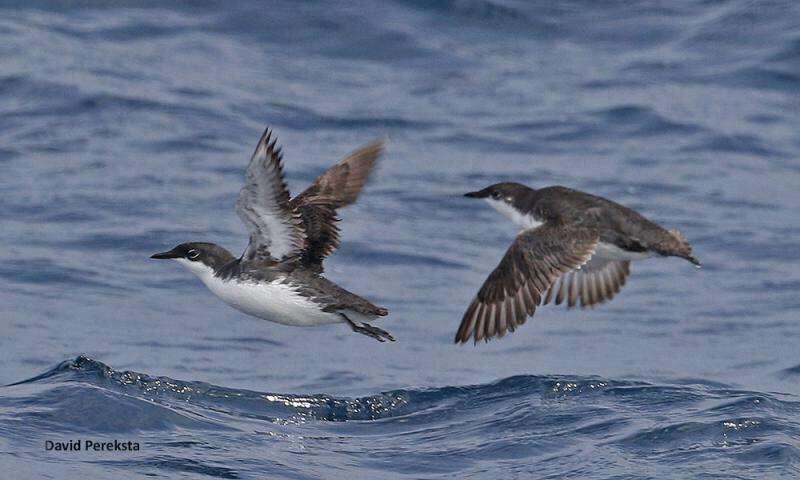The U.S. Fish and Wildlife Service announced today that two Pacific seabird species, the Scripps’s murrelet and Guadalupe murrelet, no longer warrant listing under the Endangered Species Act (ESA), due to the efforts of diverse stakeholders in addressing primary threats to the species. As a result, the two species are no longer at risk of becoming endangered in the foreseeable future and will be removed from the ESA Candidate List.
Proactive conservation measures including habitat restoration and invasive species removal by land managers including the National Park Service, The Nature Conservancy, U.S. Navy, Catalina Island Conservancy, the Mexican government, and the Grupo de Ecologia y Conservacion de Islas, continue to benefit Scripps’s murrelet and Guadalupe murrelet breeding habitat.
“It is encouraging to know populations of these resilient seabirds can rebound as land managers continue to work to restore balance to the island ecosystems where they breed,” said Steve Henry, Service field supervisor in Ventura.
Landowner conservation and restoration measures include removal or reduction of introduced predatory mammals such as rats, cats, and dogs, as well as other non-native species including sheep, rabbit, pigs, cattle, and goats. Non-native species have been removed from or are not present on the four main islands that support more than 80 percent of the Scripps’s murrelet breeding population. Introduced non-predator mammals such as rabbits, pigs, and sheep also have been entirely removed from both Guadalupe and San Benito islands, the only known islands used for breeding by Guadalupe murrelet.
Although these tiny, pelagic seabirds spend very little time on land, their population declines appear to have been caused primarily by the impacts of introduced species and native predators on their nesting islands off the coast of Mexico and California.
Based on the best information available, the population of breeding-age Scripps’s murrelets is estimated to range from about 4,000 to 6,600, and the population of breeding-age Guadalupe murrelets is estimated to range from about 1,200 to 4,900.Because these birds spend the majority of their life at sea, overall population estimates are difficult to determine due to varied survey methodology and inaccessibility of many nesting sites.
The Scripps’s murrelet and Guadalupe murrelet were formerly both recognized as subspecies of Xantus’s murrelet (Synthliboramphus hypoleucus), but were separated into two full species by the American Ornithologists’ Union in 2012.
In April 2002, the Pacific Seabird Group petitioned the Service to consider listing the Xantus’s murrelet as threatened under the ESA due to small population size, geographically restricted breeding range, impacts of introduced mammals and native predators on the breeding islands, and additional threats. In May 2004, the Service identified Xantus’s murrelet as a candidate species, identifying predation by rats and cats, light pollution, other human disturbance, and oil pollution as threats to the species; however, the Service indicated that conservation actions were also underway to ameliorate several of these threats.
Scripps’s and Guadalupe murrelets spend most of their lives at sea in the Pacific Ocean, ranging as far north as waters off British Columbia and as far south as the waters off Baja California. They only come to land during the breeding season to nest in small caves, rock crevices, cavities under boulders or roots, and under dense vegetation on offshore islands or associated rocks, often along steep slopes or cliffs.
Source: U.S. Fish and Wildlife Service, Phys











